Most training plans include recovery days, or “active rest” periods. If you have a good understanding of physical fitness and the relationship between recovery and gains, this may be a no-brainer, but if you’ve ever wondered why rest and/or recovery is important, understanding its place may help you give it its due.
Physical Rest.
It’s a truth well established that muscles need some amount of recovery to grow after being pushed through strength training. Some studies and programs will lead you to allow as much as 2 to 3 days of rest in between training muscle groups to allow for physical recuperation of the muscles, others may encourage even more.
Research about prime timing for muscle growth aside, another big consideration is injury; paying attention to how fatigued your muscles are and allowing them to recover fully is your best insurance against injuring yourself. As important as developing your physique is, maintaining your ability to train should be your primary focus, and allowing for sufficient physical recovery is one way to do that.
Psychological Rest.
In addition to allowing your body to recover, you need to give your mind a rest, too. The kind of willpower it takes to change eating and activity habits is significant, and just like a free meal can give you mental permission to not be perfect, rest days tell your mind as well as your body that relaxation is necessary, too.
The dangers of overtraining aren’t just physical; if you tax your mind too much with the pressure of workouts, you could mentally burn out, even if your body is thriving. Rest days can give you mental space, and just like anything...sometimes a break makes you appreciate the gym even more.
Active Recovery.
Some studies have touted active recovery in between bouts of focused, intense exercise as a method of reducing lactic acid build up. (One specific study focused on climbers, and pointed towards increased heart rate and blood flow as possible reasons for reducing muscle soreness).
Walking in between sets, or swimming after a leg workout may be one practical way of utilizing this concept, but active recovery on days off--engaging in a new physical enterprise that might be a little more low key than your typical workout--can offer you a change of pace which might be good mentally and physically. A cross training measure like hiking or yoga can help you build additional strength or flexibility, and offer a break while still engaging your body.
In short...you need to rest to get the full benefit of your workout. Don’t neglect it!



